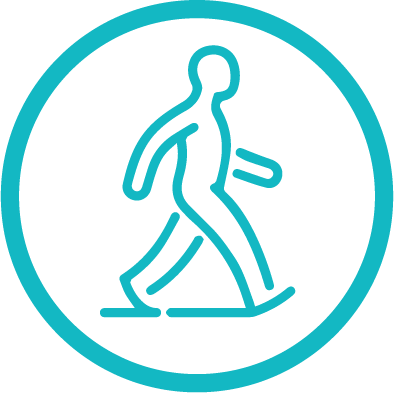In our previous post, we explored the value of rest and quiet during the summer.
Now, let’s dig into the importance of taking breaks. In the fast-paced world of business, it’s easy to fall into the trap of constant activity. Taking breaks is not a sign of weakness; instead, it’s a strategic move that can enhance your leadership capabilities and overall productivity.
Research shows that taking regular breaks can improve focus, reduce stress, and prevent burnout; and summer is an ideal time to take meaningful breaks and to incorporate this habit into your daily routine.
Taking breaks is essential for mental, emotional, spiritual, and physical health and to build your overall resilience – which is a pillar of leadership development.
7 Actionable Break Tips for Leaders:
As a leader, modeling the importance of breaks can have a significant impact on your team. Encouraging a culture that values downtime can lead to higher morale, better performance, and a more resilient workforce.
1. Lead by Example
Show your team that taking breaks is important by doing it yourself. Share how regular breaks help you stay focused and productive. Recently, I interviewed a person and asked what they appreciated about their leader. The person noted how their leader set boundaries around work. This act was appreciated because it encouraged the team to do the same and has led to greater productivity.
2. Encourage Breaks
Encourage your team to take regular breaks. Create a break-friendly environment with comfortable spaces where employees can relax and recharge.
3. Flexible Schedules
Consider offering flexible work schedules that allow employees to take breaks when they need them. Trusting your team to manage their time can lead to increased job satisfaction and productivity.
4. Regular Check-ins
Implement regular check-ins with your team to discuss their workload and stress levels. Use these check-ins to remind them of the importance of taking breaks and offer support in managing their time effectively.
5. Break Initiatives
Introduce initiatives like “Mindful Mondays” or “Wellness Wednesdays,” where the entire team engages in activities focused on relaxation and well-being. These initiatives can become a valued part of your company’s culture.
6. Remote Work Considerations
For remote teams, ensure that employees feel empowered to take breaks by promoting a results-oriented work culture rather than a time-based one. Encourage them to step away from their screens and take time to recharge.
7. Training and Development
Integrate training sessions on stress management, time management, and the benefits of regular breaks for wellness. Providing education and training opportunities can help employees feel your support and begin to understand the value of integrating these practices into their daily routines. (If you are searching for training… take a look here.)
Types of Breaks to Try:

Pomodoro Technique:
Use the Pomodoro Technique to structure your workday.
- Select a single task to focus on.
- Set a timer for 25-30 minutes and work continuously until the timer goes off.
- Take a productive 5-minute break…walk around, get a snack, relax.
- Repeat steps 2 & 3 for 4 rounds.
- Take a longer (20-30 min.) break.
This method helps maintain high levels of productivity and focus.

Active Breaks:
Incorporate movement into your breaks. Stretch, take a short walk, or do some light exercise. Physical activity boosts endorphins and helps clear your mind.

Creative Breaks:
Engage in a creative activity during your break. Drawing, writing, or even daydreaming can stimulate your brain and enhance problem-solving skills.
Summer is a powerful reminder of the importance of rest, reflection, quiet, and taking breaks. By integrating these practices into your leadership approach, you not only enhance your own well-being but also create a healthier, more productive work environment for your team.
Embrace the slower rhythms of summer and let them guide you towards a more balanced and effective leadership style.
Subscribe To Our Blog
At Impact Business Coaches, we work with talented individuals, teams, trainers, and facilitators around the world to help them achieve their goals, live their best lives, and create legacies of impact.

 The Power of Rest in the Summer for Leaders
The Power of Rest in the Summer for Leaders
